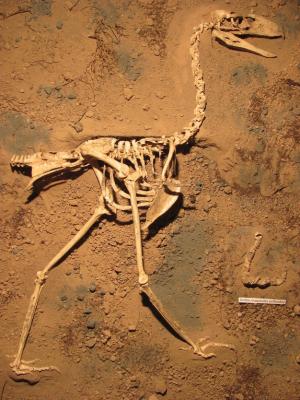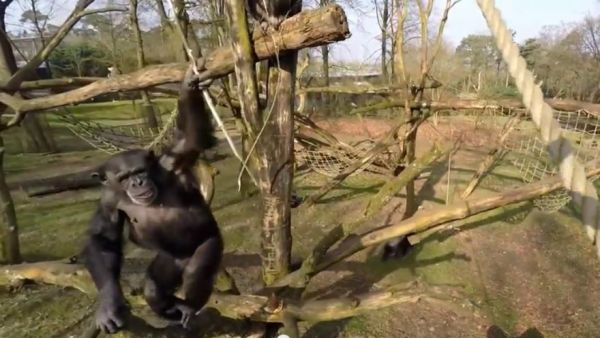Carolina Naturally is read in 203 countries around the world daily.
Today is - National Dolphin Day
You want the unvarnished truth?
You want the unvarnished truth?
Don't forget to visit:The Truth Be Told
Some of our readers today have been in:
The Americas
Curitiba, Rio de Janeiro and Salvador, Brazil
Brampton, Henry Farm, Ottawa and Quebec, Canada
Bogota, Colombia
Santo Domingo, Dominican Republic
Boaco, Nicaragua
Lima, Peru
San Juan, Puerto Rico
The Bottom, Sint Eustatius-Saba
Des Moines, Eau Claire, El Cerrito, Ellicott City, Fair Oaks, Isle of Palms, La Crosse, Las Vegas,
Little Rock, Long Beach, Los Angeles, Menlo Park, Mountain View, Mount Pilot, New York City,
Old Town, Port Chester, Saint Cloud, saint Louis, Stone Mountain, Sugar Land, Sun City,
West Hartford and Yuba City, United States
Christiansted, Virgin Islands
Europe
Andorra la Vella, Andorra
Glavinitsa, Bulgaria
Karlin and Stare Mesto, Czech Republic
Chester, London and Sheffield, England
Cerny, Ivry-sur-Suene, Paris, Roubaix and Rouen, France
Meria, Georgia
Bonn, Frankfurt Am Main, Hamburg, Hurth, Rothe Erde and Wuppertal, Germany
Athens, Greece
Reykjavik, Iceland
Dublin, Ireland
Milan, Prato and Ravenna, Italy
Riga, Latvia
Chisinau, Moldova
Amsterdam, Netherlands
Gjerstad and Oslo, Norway
Warsaw, Poland
Braga and Lisbon, Portugal
Bucharest, Romania
Ryazan, Russia
Belgrade, Serbia
Ljubljana, Slovenia
Madrid, Spain
Gislovs Lage and Lulea, Sweden
Ankara, Turkey
Chernihiv, Ukraine
Asia
Chongging, Dalian and Shanghai, China
Bangalore, Bhubaneshwar, Calicut and Kolkata, India
Jakarta, Indonesia
Tehran, Iran
Petah Tikva, Israel
Beirut, Lebanon
Bayan Lepas, Johor Bahru, Kula Lumpur, Kulim and Sandakan, Malaysia
Doha, Qatar
Riyadh, Saudi Arabia
Colombo, Sri Lanka
Bangkok and Phang Khon, Thailand
Africa
Bloemfontein, Cape Town and Johannesburg, South Africa
Lusaka, Zambia
The Pacific
Girilambone, Homebush and Sydney, Australia
Cebu City and Rodriguez, Philippines























